Register for free and continue reading
Join our growing army of changemakers and get unlimited access to our premium content
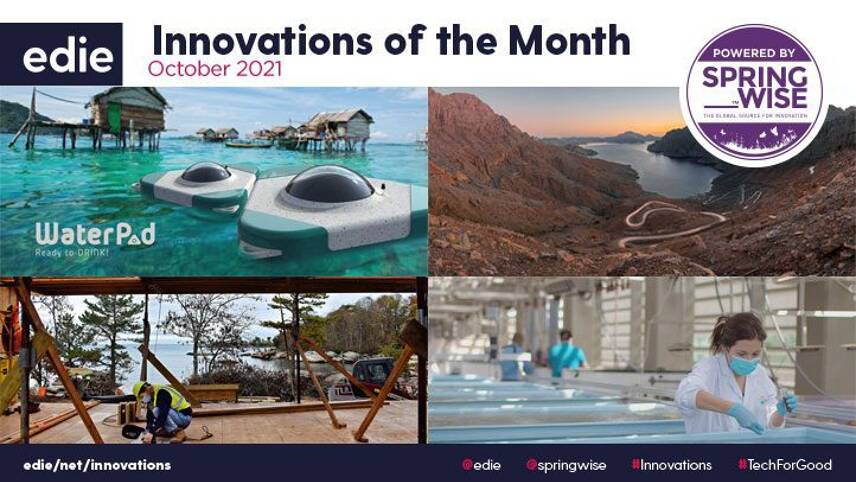
Innovations highlighted here could protect marine habitats
As is to be expected in the final run-up to COP26, September has been a busy month in the sustainability space. The UN revealed that current commitments to the Paris Agreement will not result in even half of the emissions reductions needed to deliver a 2C world, or even one-quarter for the 1.5C pathway. As such, governments are being pressured to up ambition and action by NGOs, think-tanks, activists, businesses and all manner of other organisations.
To help showcase the role that innovation will play in accelerating the delivery of a sustainable future, edie has partnered with leading global innovation platform, Springwise, to unearth some of the inspiring and transformational innovations which will help sustainability and net-zero professionals accelerate climate action. Our Green Innovations of the Month series, now powered by Springwise, rounds up a selection of the best breakthrough technologies and innovations which could help businesses and nations turn their climate ambitions into actions.
View the best green innovations of September 2021 below.
App using AI and crowdsourcing data to help farmers fight crop diseases
UN-endorsed PlantVillage is an app leveraging artificial intelligence (AI) to help small farmers around the world adapt to climate change. The initiative, which was initially used to track and assist with plant diseases, was rapidly focussed in 2020 to help with the huge locust outbreak that hit dozens of countries in West Africa, including Kenya, Ethiopia and Somalia.
PlantVillage is based on crowdsourcing data and images submitted by users to track pests and plant disease. According to the company, the algorithms come from an integration of AI, satellite technology and their unique “dream team” field force. AI is used to analyse the images and diagnose the problem, after which it is able to generate detailed instructions for treatment. In addition, farmers in the local village nearby are warned about the issue and informed about how to prevent it.
Supported by their collaboration with the UN, PlantVillage is now available in 60 countries across the globe and is available in 30 different languages, according to Fast Company. PlantVillage’s goal is to reach hundreds of millions of farmers aided by the partnership.
Photo source PlantVillage
Distillation devices to filter seawater for drinking
A group of students from the Asia Pacific Institute of Information Technology have created a sustainable desalination pod that runs on solar power and converts seawater into drinkable water. The device, which is named WaterPod, is made to tread the surface of the water to make drinking water accessible to sea nomads. WaterPod is Malaysia’s national winner of the James Dyson Award 2021.
The desalination device is composed of a wick structure that absorbs seawater. Black fabric is placed on top of an aluminium plate and a transparent cover through which sunlight can pass. This is where the process of evaporation and condensation takes place. As the water spreads across the black fabric, it evaporates leaving the contaminant behind. As the water condenses again it is stored in the device and can be retrieved through a water pump system. The device is self-cleaning and made from recycled plastic materials collected from the oceans.
According to UNICEF and the WHO, 1 out of 3 people around the world lack access to safe drinking water and must travel long distances to purchase drinking water. With 97% of the earth’s water found in the oceans, desalination techniques have great potential. However, desalination is an expensive process and scalability still needs to be considered. For now, WaterPod offers a low-cost alternative that could create waves in the future.
Photo source James Dyson Award
Bacteria that could protect coral from heat stress
With several recent research papers warning of the possibility of catastrophic climate changes occurring in the near future, scientists and innovators are working faster than ever. Teams are working to find, build and deploy solutions that will help keep the world’s temperature increase at or below 1.5C – but adaptation will still be needed.
Microbial biologist Raquel Peixoto, from the King Abdullah University of Science and Technology in Saudi Arabia, has led a promising study into the application of bacteria to coral that helps reefs withstand increases in water temperature. Experts predict that only around 30% of the world’s coral will be alive at the end of the next decade and that the number could be in the single digits in worst-case scenarios.
Heat causes coral to expel the algae that it needs for food in order to survive. In the lab, all of the coral fragments that received the probiotic treatment lived through a simulated heatwave, whereas 40% of the untreated pieces died. As well as preventing death, the healthy microbes appear to lessen post-heat stress disorder in coral. That then helps algae find new homes as they seek the healthiest, least stressed pieces of coral upon which to settle.
The team is currently considering different ways to deliver the bacteria to at-risk reefs and will shortly begin studies in the wild in the Red Sea.
Photo source KAUST
Magnetisable road concrete with EV charging potential
A major impediment to the adoption of electric vehicles (EVs) is the fear of running out of power before arriving at the destination or next recharging station. Given that electric battery technology still falls short of gasoline-powered automobiles, an increasingly attractive solution is the idea of roads that could charge vehicles as they drive.
Indiana’s Department of Transport (INDOT) recently announced a collaboration with Purdue University and German wireless charging company Magment to explore this. Together, the organizations will test whether cement with embedded magnetized particles could provide an affordable road-charging system.
Magment’s concept is to embed recycled ferrite particles into road concrete. Not only are the particles conducive and capable of generating a magnetic field. They are also significantly more economical. If successful, the technology would help drivers save time and feel safer, in addition to paving the way for more sustainable transit.
The company has stated that it hopes the innovation will be able to “achieve transmission efficiency of up to 95% and can be built at standard road-building installation costs.”
Photo source Magment
Carbon capture with stone-based storage
Former investment manager Talal Hasan and his company 44.01 (named after the molecular weight of carbon dioxide) are focusing on removing the CO2 already present in the air and water. 44.01 is doing this by using the mineral peridotite to convert carbon dioxide into harmless stone.
The peridotite naturally reacts with carbon dioxide and water to produce calcite, another common and harmless mineral. While peridotite is normally found miles below sea level, on the northern coast of Oman, tectonic action has brought large amounts of the mineral to the surface.
Hasan was working in Oman’s sovereign investment fund when he learned that CO2 absorbed into the ocean along the coast had created the largest “dead zone” in the world. At the same, the country’s readily available supply of peridotite appeared to offer a unique solution. 44.01’s goal is to harness the natural mineralisation process, speed it up and apply it on a large scale to remove CO2 from the atmosphere.
The startup’s initial plan is to drill a borehole and pump in highly carbonated water until the peridotite is saturated. Initially, the CO2 is sourced from carbon capture companies like Climeworks. Hasan points out that this process is similar to that used by the oil industry, explaining that, “rather than pulling the hydrocarbon out, we’re pumping it back in.”
Photo Source Climeworks
An off-grid research centre
In the 1970s, Yale University bought Branford, Connecticut’s Horse Island to use for research. But the utility of the island is limited because of the lack of facilities for researchers to use as a base. Recently, Dave Skelly, director of the Yale Peabody Museum of Natural History, which manages the island, and Alan Organschi, partner at Gray Organschi Architecture and critic in design technology at the Yale School of Architecture, have teamed up to build a small classroom and research station on the island.
The project was also used as an opportunity for architecture students to study regenerative building techniques. The 750-sqft building was constructed by first prefabricating the components, then using screws and fasteners to assemble the building on site. Using crews, instead of nails, makes it easier to disassemble the structure if it needs to be relocated or repurposed later.
The research station is completely off-grid. It is equipped with an incinerating toilet, which burns waste into ash, so there is no risk of effluent escaping into the ecologically sensitive environment. A rainwater collection system provides water for washing, which will be filtered and reintroduced into the environment. Photovoltaic panels supply electricity, hot water and heat. The panels are attached to four openings in the roof that also act as wind scoops to circulate air through the building.
The entire building was constructed from salvaged and repurposed wood, or wood culled from the nearby forest. Organschi notes that regenerative building is not merely about sustainability, it is about having the minimal possible impact on the entire lifecycle of the building. “It’s not enough to put solar panels on your building,” he said, “You have to think really systematically about the building’s entire lifespan from the production stage and the extraction of materials through its operation. And finally, at the end of its life, you need to account for what happens to all the materials.”
Photo source Laura Pappalardo/Yale School of Architecture
edie Staff in partnership with Springwise

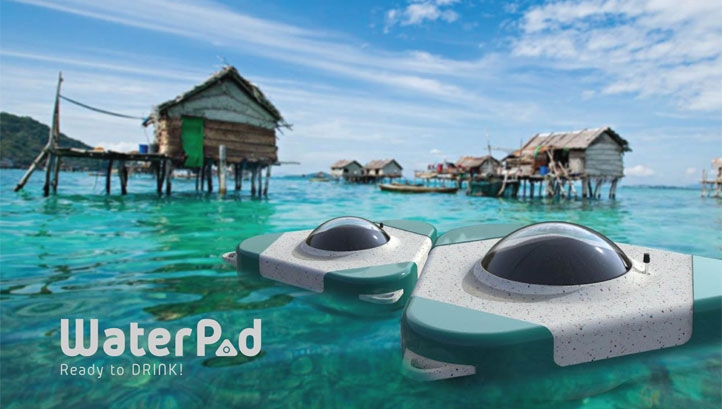
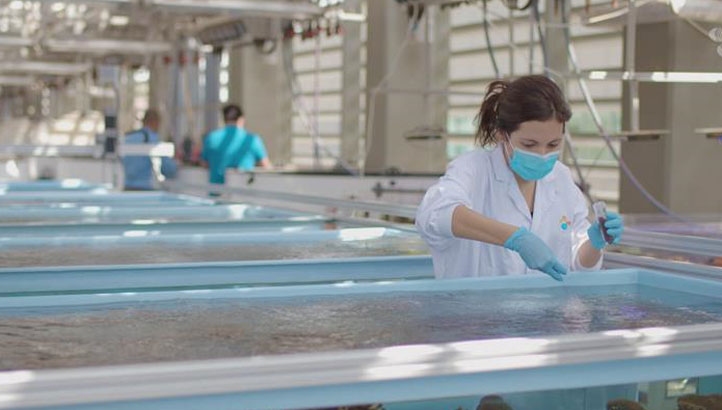
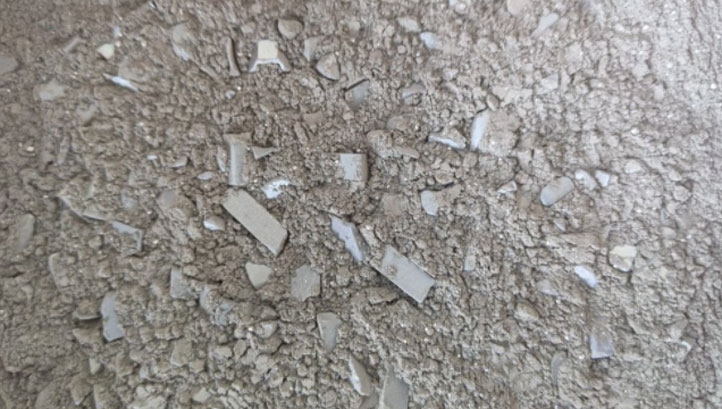
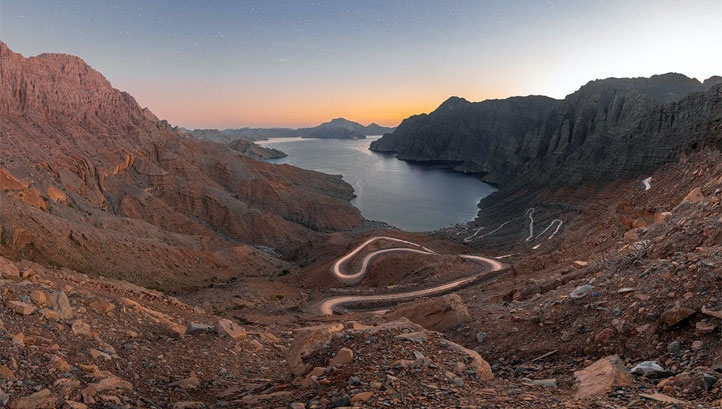
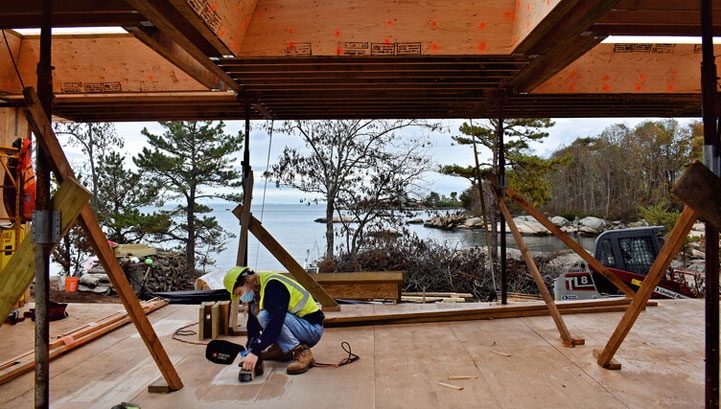


Please login or Register to leave a comment.